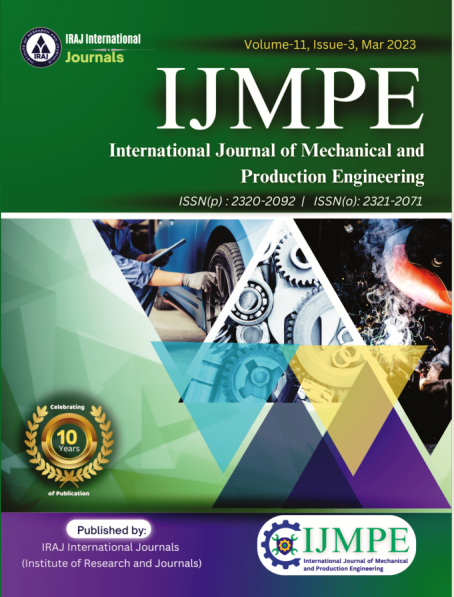Publish In |
International Journal of Mechanical and Production Engineering (IJMPE)-IJMPE |
 Journal Home Volume Issue |
||||||||
Issue |
Volume-2,Issue-7 ( Jul, 2014 ) | |||||||||
Paper Title |
Application Of Outrigger In Slender High Rise Buildings To Reduce Fundamental Time Period | |||||||||
Author Name |
Junais Ahmed Ak, Yamini Sreevalli | |||||||||
Affilition |
M Tech student, School of Mechanical and Building Sciences, VIT university Chennai campus, Chennai- Tamilnadu, India Assoc. Professor, School of Mechanical and Building Sciences, VIT university Chennai campus, Chennai- Tamilnadu, India | |||||||||
Pages |
70-74 | |||||||||
Abstract |
Worldwide there is a rapid increase in development of tall buildings especially in Asian countries there is an increase of 318% in a decade. The structural engineers faced the new challenge with an engineering perspective and suggested many solutions one such is coupled shear wall for restraining wind and earthquake induced lateral loads. But when building is slender in any of the direction lateral stiffness of the structural system becomes more important and outrigger system is introduced between the core wall and external columns to provide lateral stiffness. The outrigger will effectively control the excessive drift and deflection in seismic active zone or wind load dominant area and minimize structural damage. The objective of this study is to find the optimum location of the outrigger beams. For this purpose mathematical model of 30, 40, 50 & 60 storey is created in FEM base Etabs software. Variation in the fundamental time period of building without outrigger and different location of outrigger is examined. There is a maximum reduction in the fundamental time period of the building is achieved by placing first outrigger at 1/3rd storey height from top and second outrigger in same height from bottom. Results shows that dimension of plan also has a role to play in stability .Increase in height with same plan geometry lead to increase in fundamental time period thus can say lateral stability of the structure is inversely proportional to the height of the structure. | |||||||||
| View Paper | ||||||||||